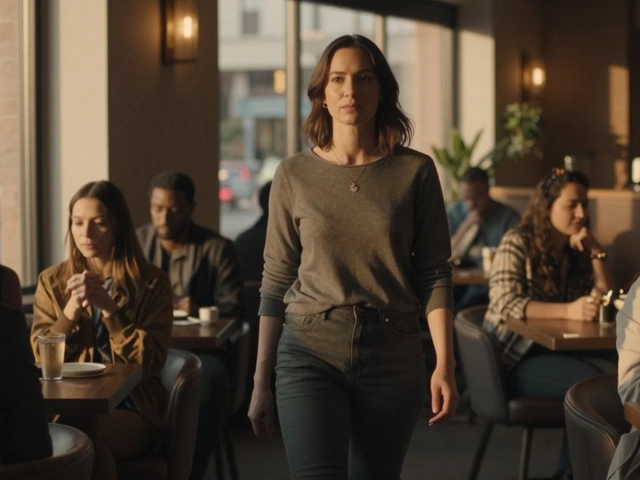Bicycle Guides for Everyday Riders
Whether you’re cruising the city streets, tackling North Bristol’s trails, or just hopping on a stationary bike at home, the right advice can make every ride smoother. In this guide we’ll cover the basics you need – from picking the right bike to staying safe on the road, plus a few gear hacks that most cyclists overlook.
Choosing the Right Bike for Your Ride
First thing’s first: what kind of bike fits your style? If you love smooth pavement and want to cover distance quickly, a road bike or hybrid will do the trick. For off‑road fun, look at a mountain bike with front suspension – it handles bumps without sending you flying off the bike. Budget‑friendly riders can start with a basic commuter bike and upgrade components later. Test ride a few models, feel the saddle, and make sure the frame size matches your height; a proper fit reduces fatigue and keeps you comfortable on longer rides.
Everyday Safety and Maintenance
Safety isn’t just about helmets (though you should always wear one). Check tire pressure before each ride – under‑inflated tires make pedalling harder and increase the risk of pinch flats. Keep your brakes responsive by wiping the pads clean and adjusting the cable tension if you hear squeaking. A quick chain lubing every two weeks prevents rust and keeps power transfer smooth. If you notice any odd noises, pause and give the bike a once‑over; catching a loose bolt early saves you from a breakdown mid‑trail.
When you ride in traffic, stay visible. Bright clothing, reflective strips, and a front white light plus rear red light make drivers notice you sooner. Hand signals are simple but powerful – they tell cars when you’re turning or stopping, reducing surprise moves. If you’re on a mountain trail, wear gloves to protect your palms and consider padded cycling shorts under your jeans for extra comfort on bumpy sections.
Even a short 20‑minute spin on a stationary bike can boost cardio health, but mixing in real‑world rides adds balance and coordination. Want to lose a few pounds? Riding three hours a day burns serious calories, especially when you vary intensity with hills and sprints. Just remember to hydrate, stretch after each ride, and give your muscles a rest day every now and then.
Finally, join the local community. North Bristol MTB Hub runs regular rides, trail talks, and bike maintenance workshops. Sharing tips with fellow cyclists helps you discover new paths, learn shortcuts for quick repairs, and stay motivated. So grab your bike, tune it up, and hit the road or trail – the adventure starts the moment you pedal out.
What is the key for the bicycle route markings on Google Maps?
Google Maps has recently added a feature that helps cyclists identify the best bike routes to take. The feature uses green dotted lines to mark the most bike-friendly roads and paths, and blue dashed lines to indicate less bike-friendly routes. The green lines are typically the most direct route, and the blue lines are usually roads and paths with more traffic. Additionally, solid green lines indicate routes that have dedicated bike lanes, while a green line with an arrow indicates a route with a one-way bike lane. This feature helps cyclists identify the safest and most direct routes to take, making it easier to plan a bike ride.



